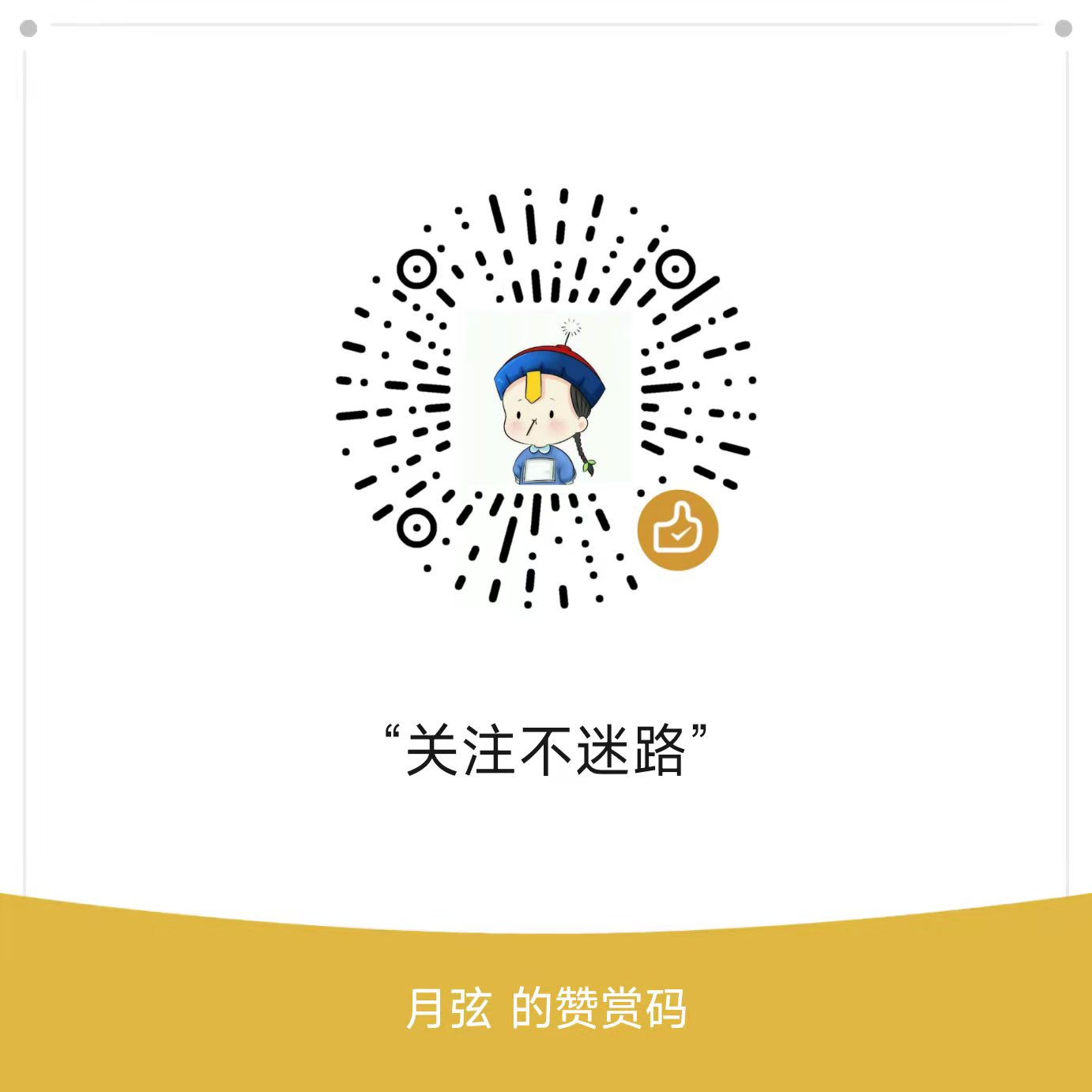前言
Redis是一个开源的使用ANSI C语言编写、遵守BSD协议、支持网络、可基于内存亦可持久化的日志型、Key-Value数据库,并提供多种语言的API。
它通常被称为数据结构服务器,因为值(value)可以是 字符串(String), 哈希(Hash), 列表(list), 集合(sets) 和 有序集合(sorted sets)等类型。
Redis安装
具体安装过程可参考Redis 安装 。
pom.xml文件
springboot2.0的redis整合包多出lettuce连接池,需要commons-pool2,所以项目pom依赖要添加commons-pool2。
1
2
3
4
5
6
7
8
9
10
11
12
13
14
15
16
17
18
19
20
21
22
23
24
25
26
27
28
29
30
31
32
33
| <dependencies>
<dependency>
<groupId>org.springframework.boot</groupId>
<artifactId>spring-boot-starter-data-redis</artifactId>
</dependency>
<dependency>
<groupId>org.apache.commons</groupId>
<artifactId>commons-pool2</artifactId>
</dependency>
<dependency>
<groupId>org.springframework.boot</groupId>
<artifactId>spring-boot-starter-web</artifactId>
</dependency>
<dependency>
<groupId>org.springframework.boot</groupId>
<artifactId>spring-boot-devtools</artifactId>
<scope>runtime</scope>
<optional>true</optional>
</dependency>
<dependency>
<groupId>org.springframework.boot</groupId>
<artifactId>spring-boot-starter-test</artifactId>
<scope>test</scope>
<exclusions>
<exclusion>
<groupId>org.junit.vintage</groupId>
<artifactId>junit-vintage-engine</artifactId>
</exclusion>
</exclusions>
</dependency>
</dependencies>
|
配置文件
Lettuce 是一个可伸缩的线程安全的 Redis 客户端,支持同步、异步和响应式模式。多个线程可以共享一个连接实例,而不必担心多线程并发问题。它基于优秀 Netty NIO 框架构建,支持 Redis 的高级功能,如 Sentinel,集群,流水线,自动重新连接和 Redis 数据模型。SpringBoot 2.x已经使用Lettuce代替Jedis客户端
1
2
3
4
5
6
7
8
9
10
11
12
13
14
15
16
17
18
19
20
21
22
23
| spring:
redis:
database: 0
host: localhost
port: 6379
password:
timeout: 60ms
lettuce:
pool:
max-active: 8
max-wait: -1ms
max-idle: 8
min-idle: 0
|
Redis配置
SpringBoot默认提供了两个使用Redis的类StringRedisTemplate和RedisTemplate,其中RedisTemplate可以支持Redis没有的缓存对象的操作;而StringRedisTemplate用来存储字符串,其实是RedisTemplate<String, String>的实现类。
1
2
3
4
5
6
7
8
9
10
11
12
13
14
15
16
17
18
19
20
21
22
23
| @Configuration
@EnableCaching
public class RedisConfig extends CachingConfigurerSupport {
@Bean
public CacheManager cacheManager(RedisConnectionFactory factory) {
RedisCacheConfiguration config = RedisCacheConfiguration.defaultCacheConfig().entryTtl(Duration.ofSeconds(1));
RedisCacheManager cacheManager = RedisCacheManager.builder(factory).cacheDefaults(config).build();
return cacheManager;
}
@Bean
public RedisTemplate<String, Serializable> redisTemplate(RedisConnectionFactory redisConnectionFactory) {
RedisTemplate<String, Serializable> redisTemplate = new RedisTemplate<>();
redisTemplate.setConnectionFactory(redisConnectionFactory);
redisTemplate.setKeySerializer(new StringRedisSerializer());
redisTemplate.setValueSerializer(new GenericJackson2JsonRedisSerializer());
redisTemplate.afterPropertiesSet();
return redisTemplate;
}
}
|
实体类
1
2
3
4
5
6
7
8
9
10
11
12
13
14
15
16
17
18
19
20
21
22
23
24
25
26
27
28
29
| public class User implements Serializable {
private String name;
private int age;
private List<String> education;
public String getName() {
return name;
}
public void setName(String name) {
this.name = name;
}
public int getAge() {
return age;
}
public void setAge(int age) {
this.age = age;
}
public List<String> getEducation() {
return education;
}
public void setEducation(List<String> education) {
this.education = education;
}
}
|
controller类
- opsForValue:对应 String(字符串)
- opsForZSet:对应 ZSet(有序集合)
- opsForHash:对应 Hash(哈希)
- opsForList:对应 List(列表)
- opsForSet:对应 Set(集合)
- opsForGeo:对应 GEO(地理位置)
1
2
3
4
5
6
7
8
9
10
11
12
13
14
15
16
17
18
19
20
21
22
23
24
25
26
27
28
29
30
31
32
33
34
35
36
37
38
| @RestController
public class RedisController {
@Autowired
private RedisTemplate redisTemplate;
@RequestMapping("/set")
public String HelloSpring(String key, String value) {
redisTemplate.opsForValue().set(key, value);
return String.format("redis set成功!key=%s,value=%s", key, value);
}
@RequestMapping("/get")
public String HelloSpring(String key) {
String value = (String) redisTemplate.opsForValue().get(key);
return "redis get结果 value=" + value;
}
@RequestMapping("/setUser")
public String setUser() {
User user = new User();
user.setName("admin");
user.setAge(22);
List<String> list = new ArrayList<>();
list.add("小学");
list.add("初中");
list.add("高中");
list.add("大学");
user.setEducation(list);
redisTemplate.opsForValue().set("userInfo", user);
return "success";
}
@RequestMapping("/getUser")
public User getUser() {
return (User) redisTemplate.opsForValue().get("userInfo");
}
}
|
测试
启动Redis
打开一个 cmd 窗口 使用 cd 命令切换目录到 redis目录 运行:
1
| redis-server.exe redis.windows.conf
|
连接Redis
另启一个 cmd 窗口,原来的不要关闭,不然就无法访问服务端了。切换到 redis 目录下运行:
1
| redis-cli.exe -h 127.0.0.1 -p 6379
|

访问测试
访问http://localhost:8080/setUser ,通过get 命令可查看数据

通过命令清理Redis
可通过flushall 命令清理数据

RedisTemplate和StringRedisTemplate
1、StringRedisTemplate
- 主要用来存储字符串,StringRedisSerializer的泛型指定的是String。当存入对象时,会报错 :can not cast into String。
- 可见性强,更易维护。如果过都是字符串存储可考虑用StringRedisTemplate。
2、RedisTemplate
- 可以用来存储对象,但是要实现Serializable接口。
- 以二进制数组方式存储,内容没有可读性。(如图二所示)



